Introduction: Why Plumbing Insurance Claims Matter
Whether you’re a homeowner facing an unexpected pipe burst or a professional plumber tasked with repairing extensive water damage, understanding how to navigate plumbing insurance claims is essential. Insurance can help cover the costs of repairs, replacements, and even property restoration after plumbing disasters—but only if you know how to file a claim correctly. Far too often, people lose out on reimbursement due to incomplete paperwork, missed steps, or misunderstandings about coverage. This comprehensive guide demystifies the plumbing insurance claim process, outlining every step and providing practical strategies to maximize your chances of success. From documenting damage to communicating with adjusters, we cover it all—so you can handle claims confidently and protect your property or business interests.
What Types of Plumbing Issues Are Covered by Insurance?
Understanding Standard Policies
Most homeowners insurance policies cover sudden and accidental water damage caused by plumbing failures—think burst pipes, ruptured water heaters, or leaking supply lines. Coverage, however, does not extend to every plumbing issue. Gradual leaks, lack of maintenance, or damage from flooding (unless you have specific flood insurance) are usually excluded.
- Covered: Burst pipes, accidental overflows, water heater ruptures, appliance failures
- Not covered: Long-term leaks, mold from neglected repairs, sewer backups (unless you have a rider), flood damage
Specialty Coverage and Riders
Some policies offer additional endorsements or riders for specific plumbing risks, such as sewer backup or sump pump failure. These can be worthwhile investments, especially in older homes or flood-prone areas.
Commercial Plumbing Insurance
For plumbing contractors, commercial insurance policies may cover liability, equipment, and even business interruption due to plumbing-related damages. Understanding policy limits and specific inclusions is critical for business continuity.
Step 1: Immediate Actions When Plumbing Damage Occurs
Mitigate Further Damage
Insurance requires you to take steps to prevent additional harm after a plumbing incident. Immediately shut off the main water supply, if safe. Move furniture, electronics, and valuables away from affected areas to limit loss.
- Turn off water source: Main shutoff valve or appliance shutoff
- Shut off electricity: If water is near electrical outlets or appliances
- Remove standing water: Use towels, a wet/dry vacuum, or call a water extraction service
Document Everything
Before making repairs or cleaning up extensively, thoroughly document the damage:
- Take wide-angle and close-up photos of all affected areas
- Video walkthroughs can capture additional details
- Record dates, times, and a brief description of the incident
Contact Emergency Services If Needed
If the leak poses an immediate threat (such as flooding near electrical panels), call emergency services. Your safety is paramount.
Step 2: Notify Your Insurance Company
When to Call
Contact your insurance provider as soon as possible—ideally within 24 hours of discovering the damage. Most insurers have 24/7 claims hotlines or online portals for quick reporting.
What Information to Provide
- Your policy number
- Date and time the damage was discovered
- Cause of the plumbing issue (to the best of your knowledge)
- Extent of damage (rooms, systems, personal property affected)
- Immediate actions taken to mitigate further damage
Why Prompt Notification Is Critical
Delays can complicate your claim. Insurers may argue that late notice contributed to additional damage, potentially reducing your payout.
Step 3: Assessing and Documenting the Damage
Detailed Photo and Video Evidence
High-quality documentation supports your claim and prevents disputes. Use these tips:
- Photograph all affected areas from multiple angles
- Include close-ups of damaged pipes, fittings, and fixtures
- Show water lines on walls, warped flooring, or mold growth
Written Descriptions
Supplement photos with written notes. Describe:
- The sequence of events (what happened, when, and how you discovered it)
- Items and materials affected (flooring, drywall, appliances, personal belongings)
- Any actions taken to stop the leak and prevent further loss
Professional Assessments
Hiring a licensed plumber to inspect and provide a written report can add credibility. Their documentation may include:
- Diagnosis of the plumbing failure
- Photos and diagrams of the affected system
- Repair recommendations and cost estimates
Step 4: Temporary Repairs and Mitigation
What’s Allowed Before the Adjuster Arrives?
Insurers expect you to prevent further damage but warn against making permanent repairs before an adjuster inspects the property. Acceptable mitigation includes:
- Removing standing water
- Drying affected areas with fans or dehumidifiers
- Boarding up holes or broken windows (if relevant)
Keep All Receipts
Save receipts for any materials, equipment rentals, or emergency services. These may be reimbursable.
Step 5: The Claims Adjuster Visit
What to Expect
An insurance adjuster will schedule a visit to assess the damage in person. Be prepared to:
- Walk the adjuster through all affected areas
- Provide photo/video evidence and written documentation
- Share professional plumber reports and repair estimates
- Answer questions about the incident and your response
Tips for a Smooth Inspection
- Be honest and detailed in your descriptions
- Do not discard damaged materials until the adjuster approves
- Request a copy of the adjuster’s report for your records
Step 6: Understanding Your Settlement Offer
How Payouts Are Calculated
Insurance settlements typically cover the cost to repair or replace damaged property, minus your deductible. Review your policy for:
- Replacement cost vs. actual cash value (RCV vs. ACV)
- Limits on specific categories (e.g., personal belongings, structural repairs)
- Exclusions for certain types of damage (mold, gradual leaks)
Reviewing the Offer
Carefully read the insurer’s estimate. If anything is missing or undervalued, provide additional documentation and request a review. Don’t accept a settlement until you are satisfied with the assessment.
Step 7: Completing Repairs and Finalizing the Claim
Hiring Qualified Contractors
Work with licensed plumbers and restoration professionals. Ask for detailed invoices and keep copies for your claim.
Final Submission
- Submit receipts and “proof of completion” to your insurer
- Request written confirmation of claim closure and final payout
- Maintain all documentation for future reference
Common Pitfalls and How to Avoid Them
- Failing to document thoroughly: Take more photos and notes than you think you’ll need.
- Delaying notification: Always call your insurer right away.
- Making permanent repairs too soon: Wait for adjuster approval unless safety requires immediate action.
- Discarding damaged property: Keep damaged items until the claim is settled.
- Misunderstanding coverage limits: Review your policy and ask questions if unclear.
Tips for Maximizing Your Insurance Claim
- Organize your documentation chronologically
- Request written estimates from multiple contractors if possible
- Communicate in writing with your insurance company whenever possible
- Be polite but persistent; follow up regularly
- Consider a public adjuster if you face claim denials or underpayments
Special Considerations for Plumbing Professionals
Helping Clients Navigate Claims
As a plumber, your expertise is invaluable to clients during insurance claims. Offer to provide:
- Detailed written reports
- Annotated photos of the cause and extent of damage
- Repair estimates broken down by labor and materials
Documenting Your Own Claims
If your equipment or commercial property is damaged, follow the same process outlined above. Commercial policies may require additional forms or proof of business interruption.
When to Dispute a Claim or Seek Further Help
Reasons to Appeal
- Claim denial due to alleged maintenance neglect (which you can disprove)
- Settlement offers significantly below the cost of repairs
- Disputes over policy interpretation or exclusions
How to Dispute
- Request a detailed explanation of the denial or low offer
- Provide additional evidence (plumber reports, independent estimates)
- Escalate to a supervisor or file a formal appeal in writing
- Contact your state insurance commissioner if necessary
When to Hire a Public Adjuster
If you are unable to resolve a dispute, a licensed public adjuster can advocate on your behalf—often leading to a higher payout, though they charge a percentage of the settlement.
Preventing Future Plumbing Insurance Claims
- Conduct regular plumbing inspections
- Address leaks and drips immediately
- Add water leak sensors and smart shutoff valves
- Insulate pipes in cold climates to prevent freezing
- Maintain appliance hoses and water heaters
Proactive maintenance reduces the risk of major plumbing failures—and increases the likelihood that your insurance will cover any future incidents.
Conclusion: Claim Success Starts With Preparation
Navigating a plumbing insurance claim can be daunting, especially when water damage disrupts your home or business. But with the right knowledge and preparation, you can turn a stressful situation into a manageable process. Start by understanding your policy—know what’s covered, what’s not, and where you might need additional riders. When disaster strikes, act quickly: mitigate further damage, document everything meticulously, and notify your insurer without delay. During the claims process, communicate clearly, keep organized records, and don’t hesitate to advocate for a fair settlement. For plumbing professionals, supporting clients with detailed reports and transparent communication can set you apart as a trusted partner. By following the step-by-step strategies outlined in this guide, you’ll be well-equipped to handle insurance claims confidently, minimize financial losses, and restore your property or business with minimal hassle. Remember: preparation is your best defense, both before and after plumbing incidents. Take action today to review your insurance, improve your maintenance routines, and ensure that when the unexpected happens, you’re ready to respond effectively.


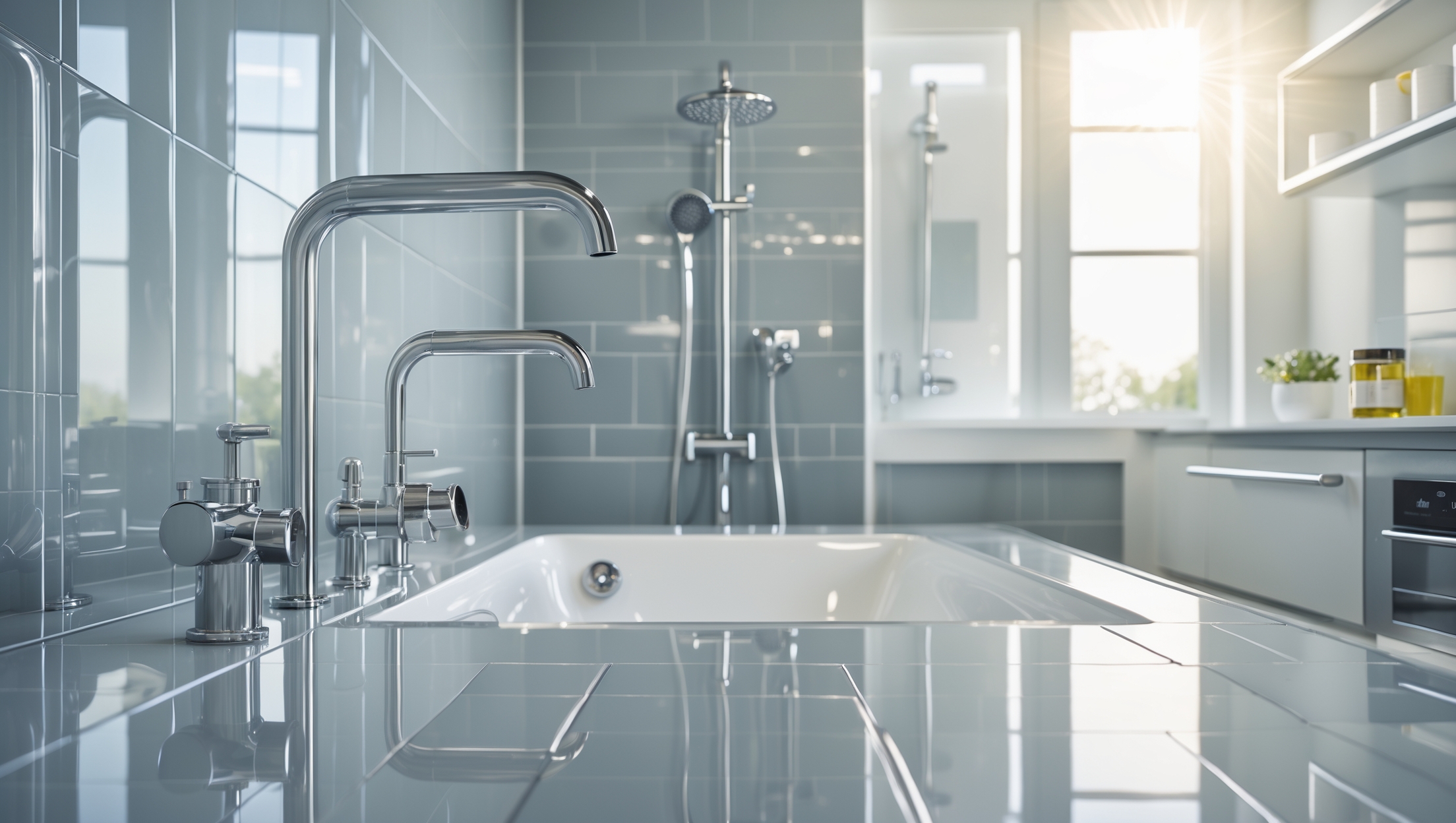

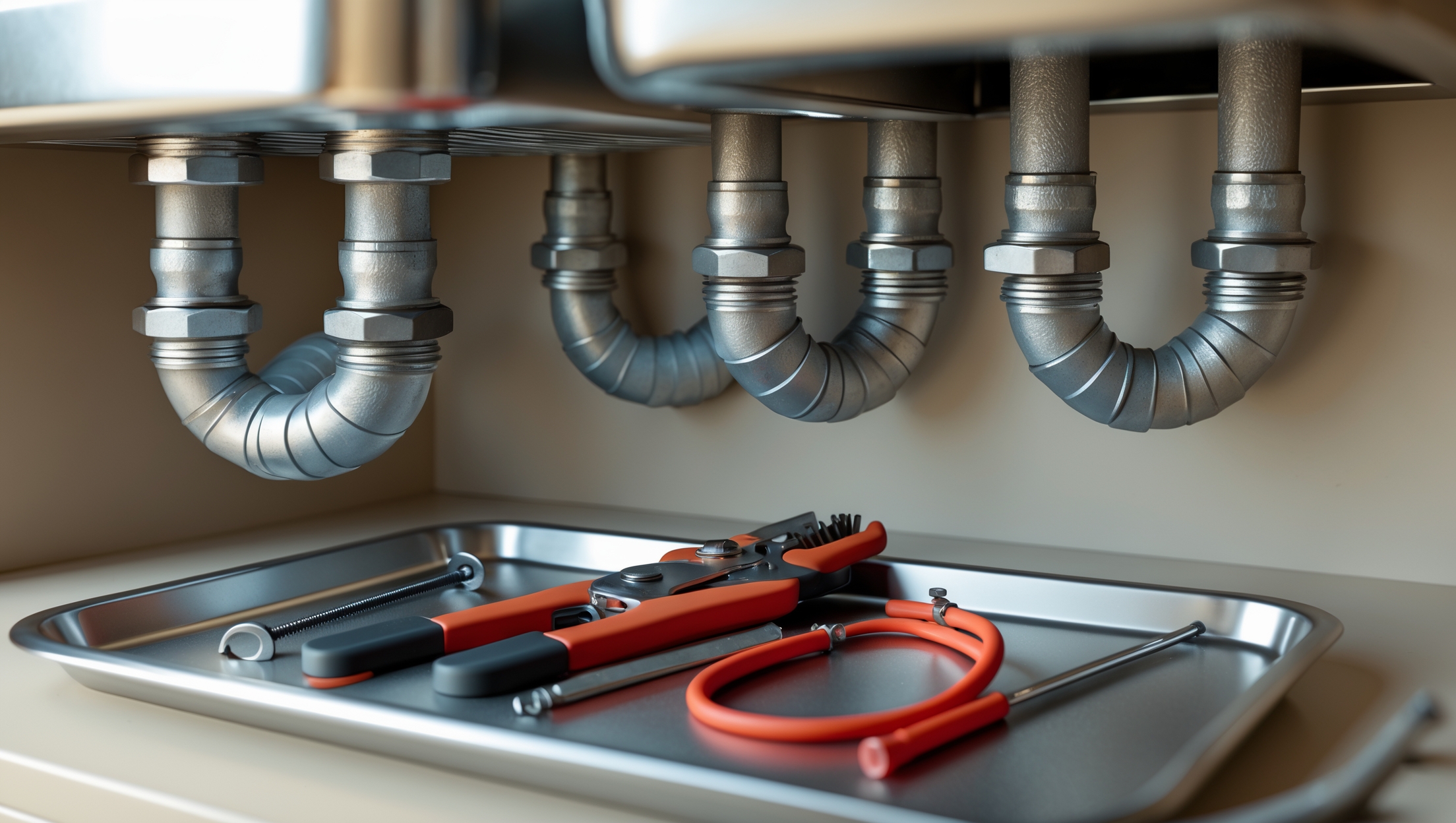
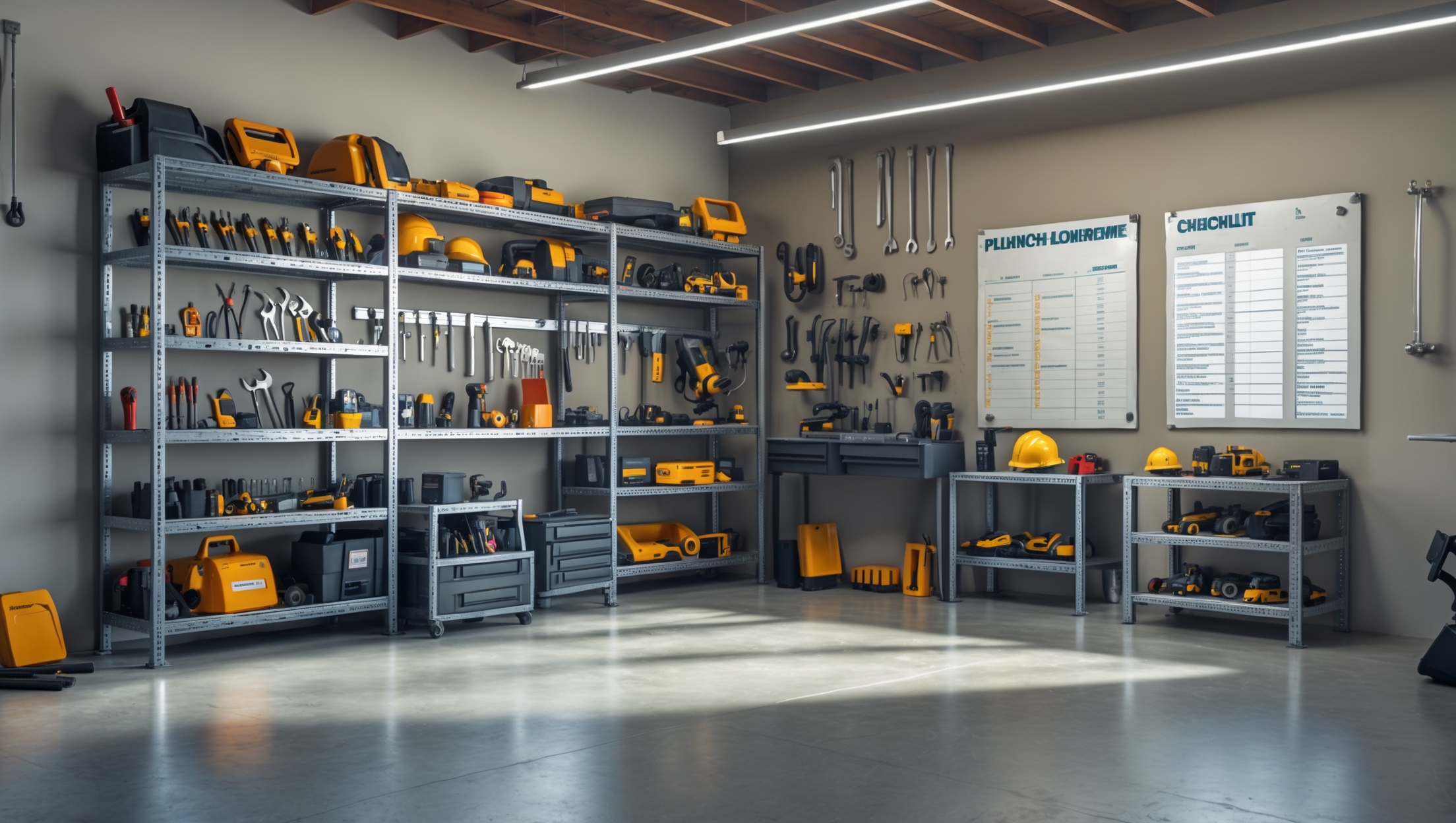


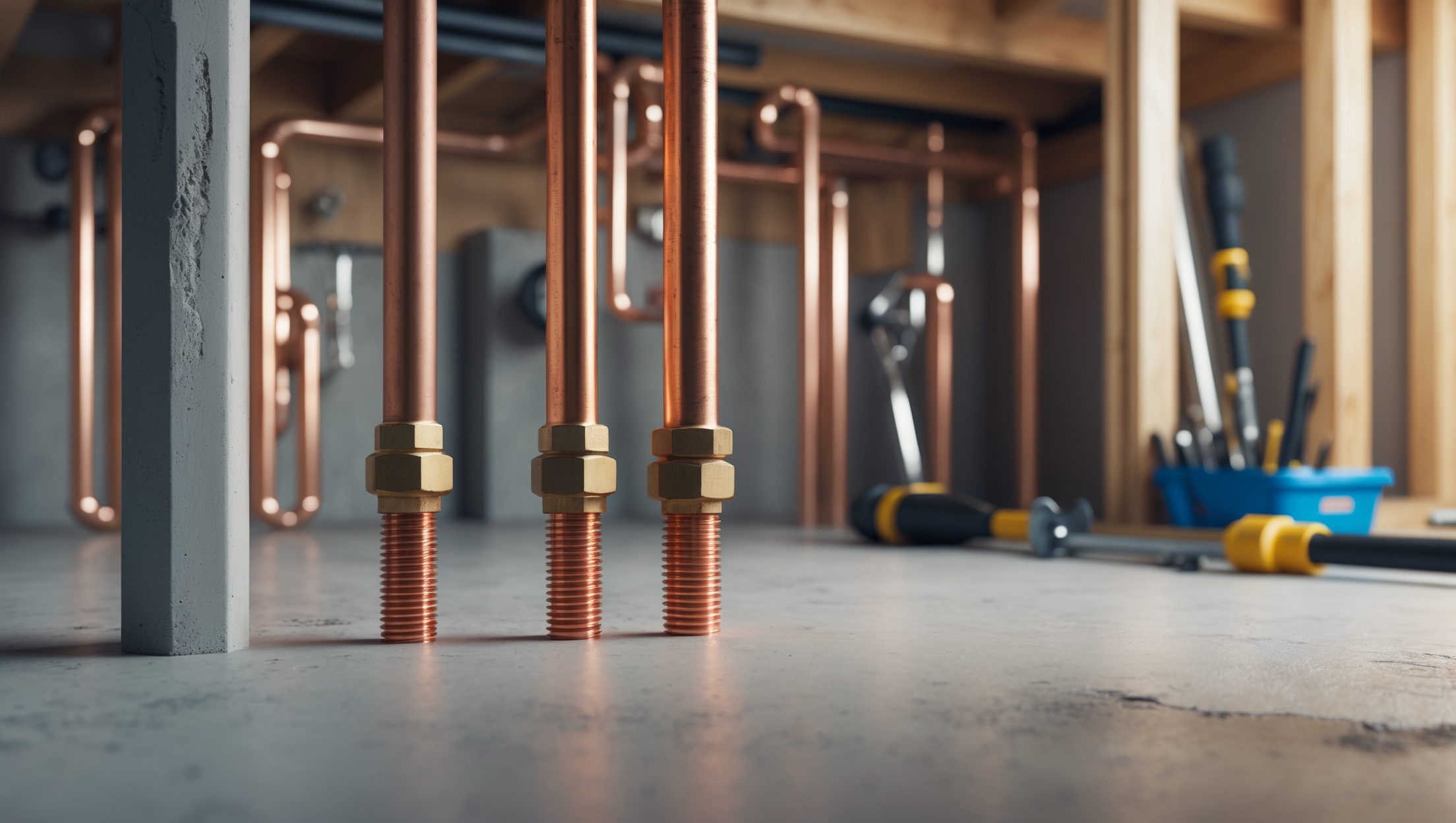
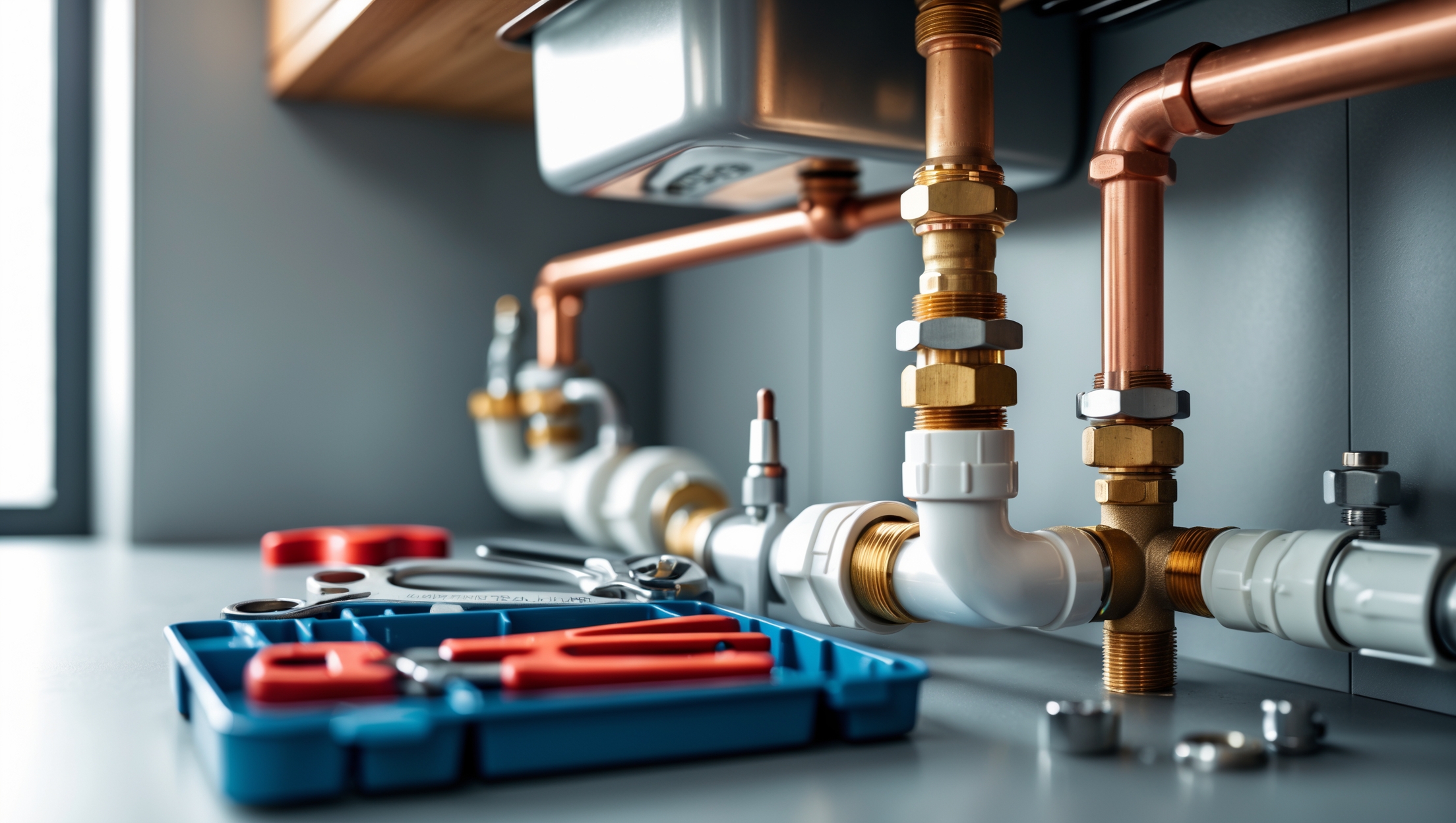
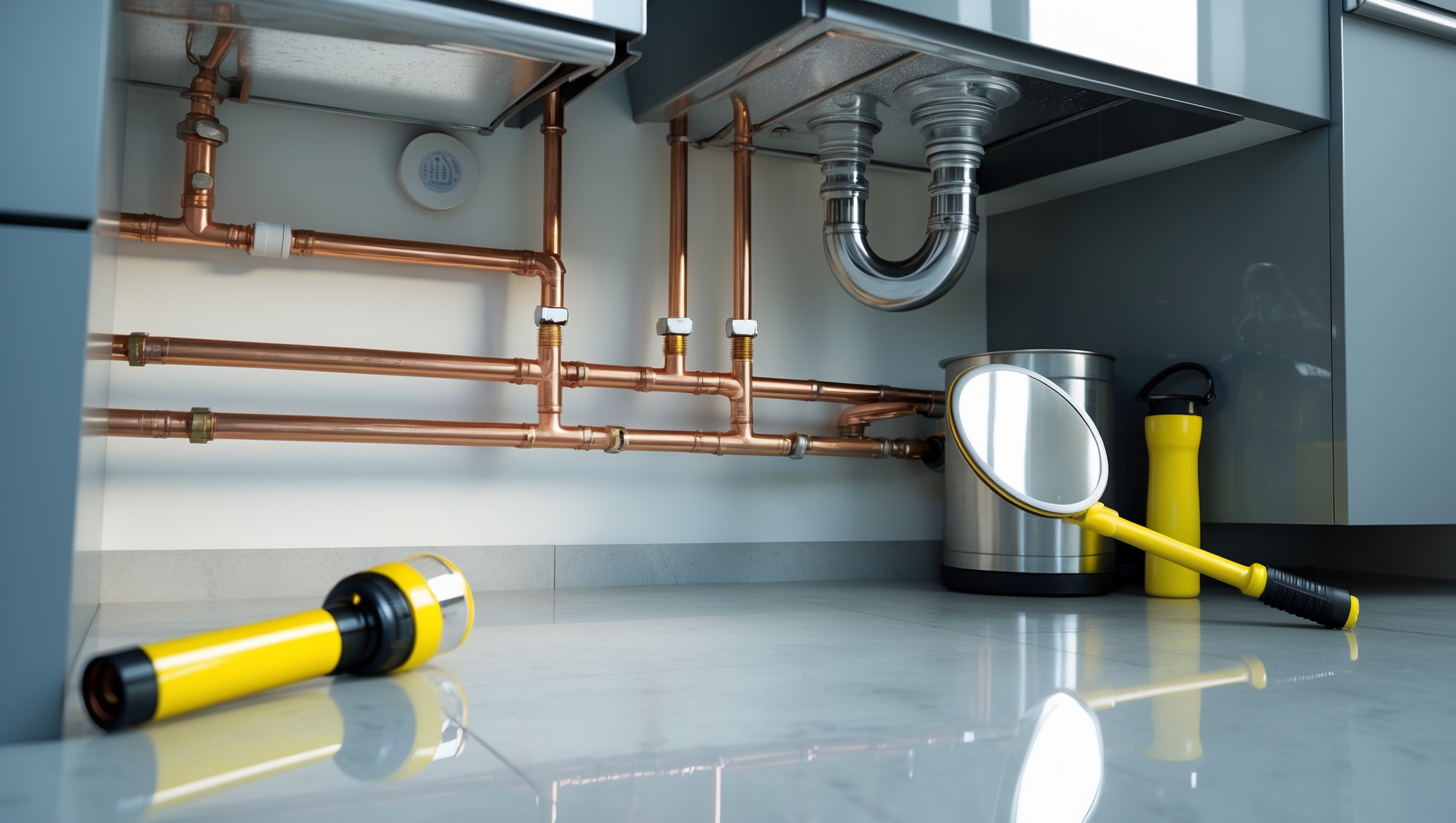
Elizabeth Rodriguez
Could you clarify what key documents or photos homeowners should gather during the early stages of a plumbing disaster to avoid missing out on reimbursement? I want to make sure nothing is overlooked when filing a claim.